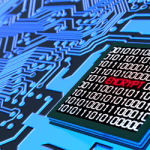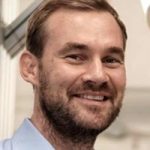QKD as the Most Likely Quantum Technology to be Adopted in the Short-Term
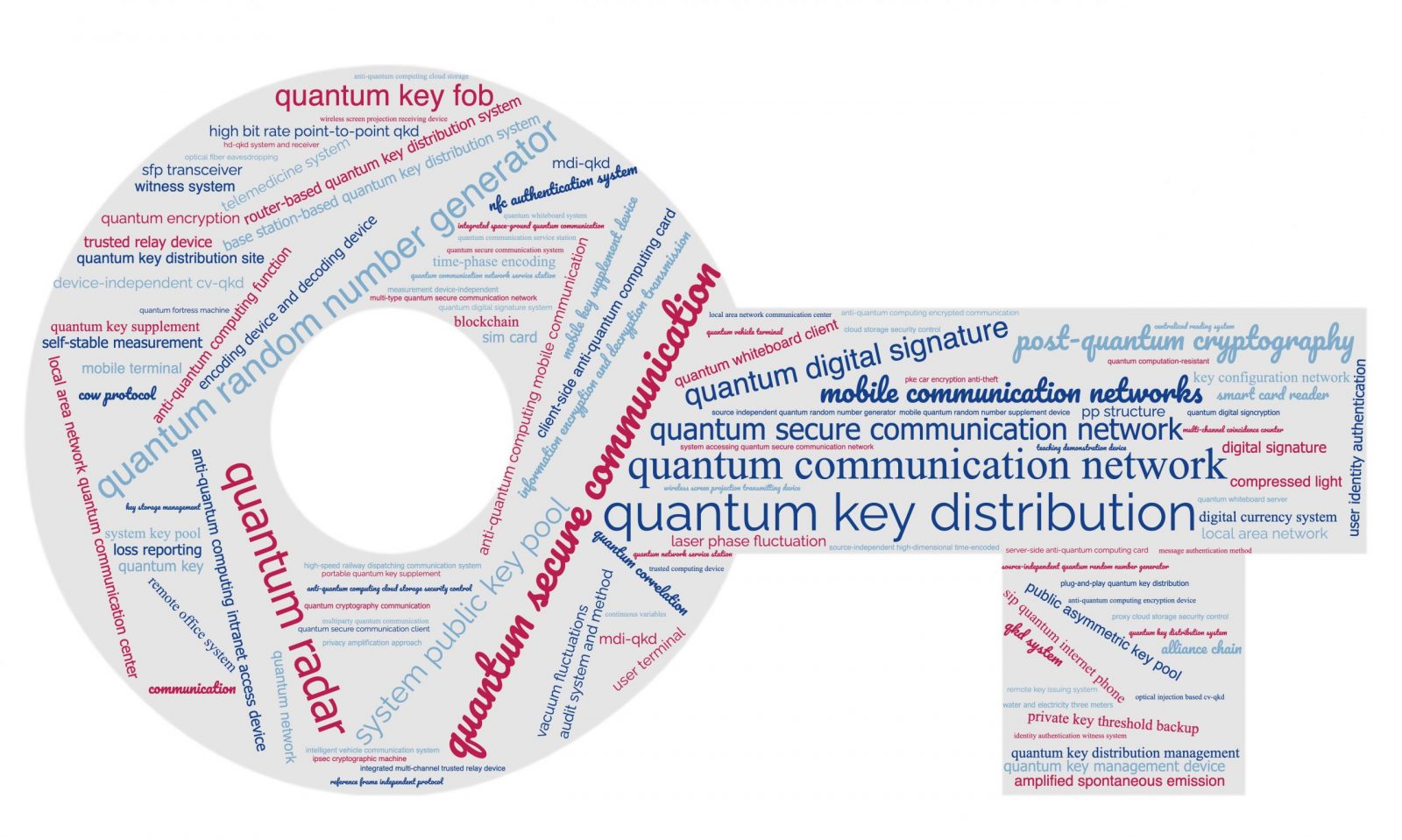
Twenty years. That is a remarkable longevity, so far in a quantum technology business, for the company: ID Quantique (IDQ).
When the IDQ CEO and February IQT invited speaker: Grégoire Ribordy presented (video) his company’s history in his: From Quantum Communication to the Quantum Internet talk, I needed to check if I had heard that 20 years number correctly. Yes, it’s true. Moreover, that truth reveals a valuable lesson about the quantum key distribution (QKD) field. QKD has a special place in the quantum technology field.
QKD appears to be one of the most likely quantum technologies to be adopted in the short-term Quantum Computing by Swan, dos Santos and Witte, (2020)
Why Most Likely?
QKD Community Roadmaps with Lineage from Quantum Giants
There is a (version 1.0 /version 2.0), of a well-developed, two-decades long, community Quantum Information Science and Technology Roadmap, maintained at Los Alamos National Laboratory (LANL), for quantum cryptography and beyond, originally led by Bennett and Brassard (v.1.0). Community roadmaps tend to move fields forward, especially when led by respected figures. These two researchers wrote the seminal paper: Quantum cryptography: Public key distribution and coin tossing for the field, 20 years earlier. (“BB84“).
The field’s solid footing goes back further. If you input Bennett and Brassard’s 1984 seminal paper into Connected Papers, you can find direct linkages to Einstein and his public quantum entanglement discussions in 1935 with Schroedinger and Bohr. Moreover, you can use the (often-misused) academic citation metrics of today to judge the winner of their 1935 debates: Einstein, Podolsky, and Rosen (10608 Citations), Schroedinger (2072 Citations), and Bohr (2592 Citations).
QKD Quantum Internet Roadmaps
The LANL Roadmaps highlight two other special features about QKD. As QKD is the concept of issuing cryptographic keys generated with quantum computing methods and distributing them via global communications networks, satellite- based and terrestrial,
- QKD is agnostic about the quantum implementation method of generating and issuing cryptographic keys, and
- QKD has a firm place in the Quantum Internet of the future.
Therefore, those in the QKD field are motivated to try, test, and determine the most suitable quantum technologies for their applications, leading the rest of the quantum technology field. Their active research is about 10% of the total ArXiv quantum computing research papers since January 1, 2000. These QKD papers show the range of physical implementations that can address broad quantum Internet use cases and beyond (e.g. secure Swiss elections).
Current QKD physical implementations are typically of the following types. The pdfs link to the LANL Roadmap site.
- Weak Laser Pulses over Fiber (pdf)
- Weak Laser Pulses through Free Space (pdf)
- Single-Photon Light Source (pdf)
- Entangled-Photon Pair (pdf)
- Continuous Variable (pdf)
However, the QKD community is actively researching other physical implementations, if the IDQ patent record and the research from the group of Stephanie Wehner (QuTech, Delft University of Technology) is an indicator. We are fortunate that Wehner and colleagues provided the community an informal Quantum Internet roadmap, as well.
In 2018, Stephanie Wehner, David Elkouss, and Ronald Hanson, published an excellent Science magazine review: Quantum internet: A vision for the road ahead. Their Stages of a Quantum Network table illustrates the low to high functionality steps, which I’ve provided below, mashed with Table 6.1 of Swan et al.’s Quantum Computing (2020), and annotated with notes from both Wehner et al’s paper and Grégoire Ribordy’s February 2022 talk.
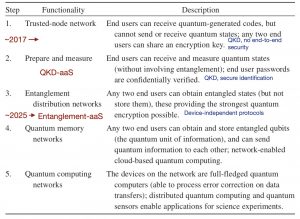
Table 1. A reworked Quantum Internet Roadmap from Wehner et al, 2018, Swan et al, 2020, and with my notes from Grégoire Ribordy’s February IQT talk
The current status of the quantum Internet are international ‘pockets’ at approximately number 2 in the Table. A glimpse of the quantum Internet research directions, are the ~45 research papers since 2018 from the group of Stephanie Wehner. A glimpse of the range of QKD physical implementations, are the 56 filed patents from IDQ.
QKD, Secure Communication. What Could be Improved?
With a focus on number 2, Ribordy suggested in the ‘What could be Improved?’ part of his talk, that the security of trusted nodes are key. The reason is that there is not end-to-end quantum entanglement yet. The networks are based on optical fiber, and regional in scope. Between the trusted nodes, the photons are detected and then recreated, to become classical data. QKD could be available in intermediary nodes to improve security. Stephanie Wehner’s 2020 ACM Tech talk: “Quantum Networks” would be an excellent video to watch to fill in any conceptual holes you might have.
Quantum Technology leading Patent Chinese holder: Fu Yao is in QKD
QKD has another distinction. The holder of the most filed quantum patents in the world, is a Chinese woman: Fu Yao, who has 342 filed, 77 granted, QKD patents with no known litigation starting in 2015. These patents are valid in China. Figure 1 is an illustration in word-cloud-form of title segments from Fu Yao’s 78 granted patents.
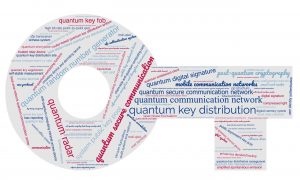
Figure 1. A word cloud of the titles of Fu Yao’s 77 granted Chinese QKD patents.
Quantum Funder: Successful but Risky Collaboration?
IDQ’s motto – “The home of Quantum-Safe Crypto” demonstrates their corporate policy that builds upon trust. I believe them.
Which is why a few words about their IDQ’s venture capital (VC) company Runa Capital, that provided the second round of funding ($5.6 Million) to ID Quantique in 2013, is in order. Runa Capital’s website shows clear differences, pre– and post-February 24, 2022, including a name change of the VC Founder to a slightly less Slavic name, and the erasure of all Russia-related background education and work experiences of staff, including to one-now sanctioned educational institute, five-now sanctioned banks, and to former work experience with the Russian government. Transparency builds trust. I hope Runa Capital can do better.
Amara Graps, Ph.D. is an interdisciplinary physicist, planetary scientist, science communicator and educator and expert on all quantum technologies.


















